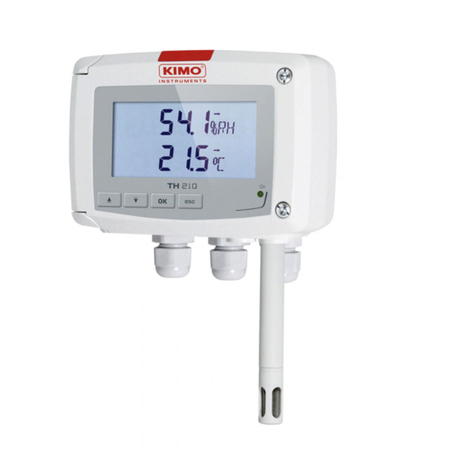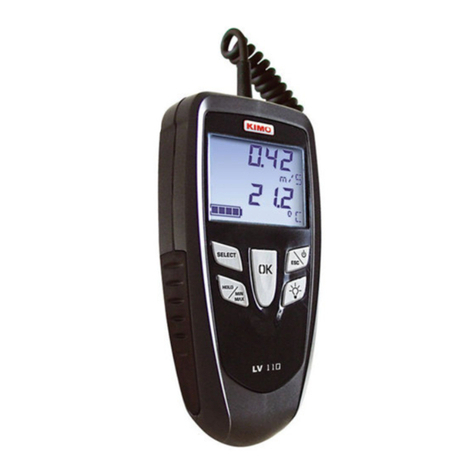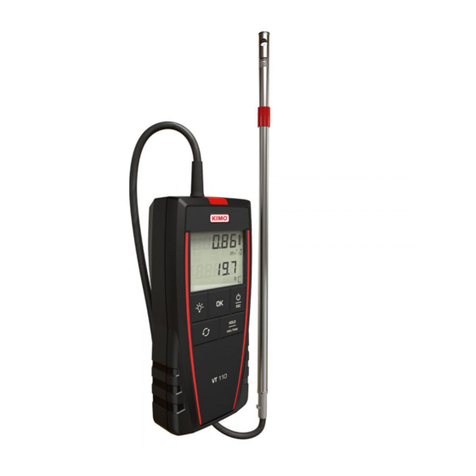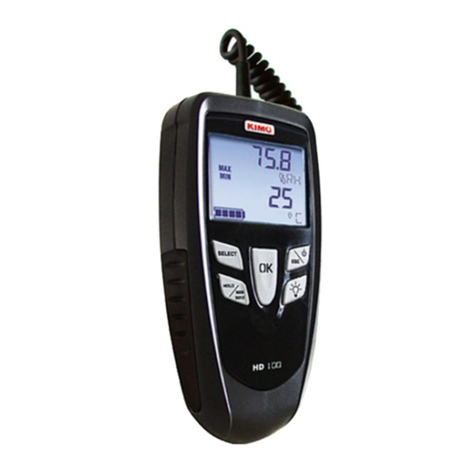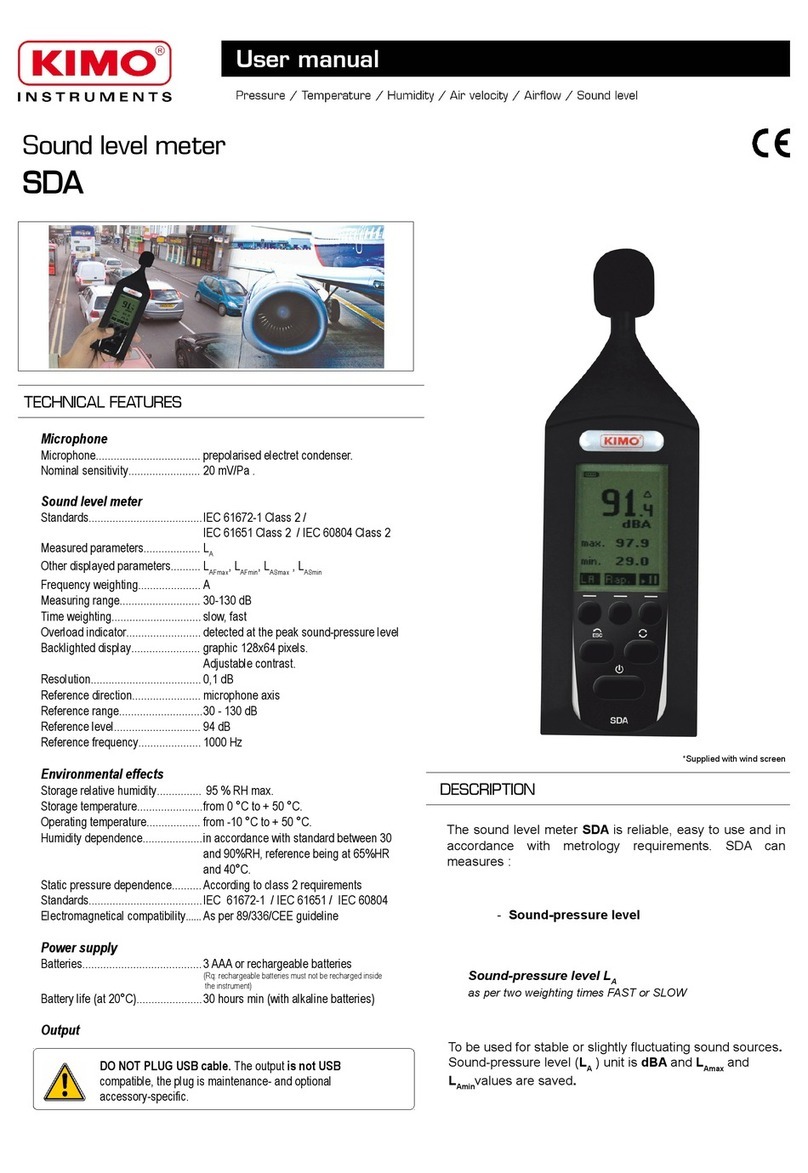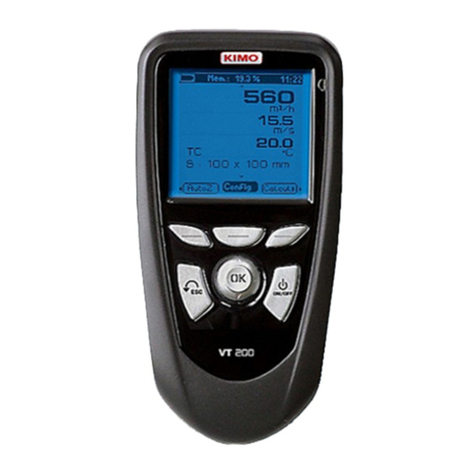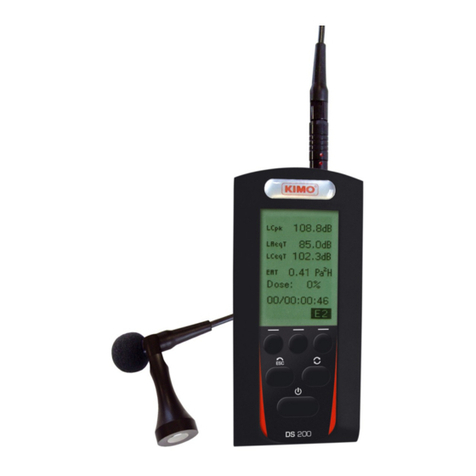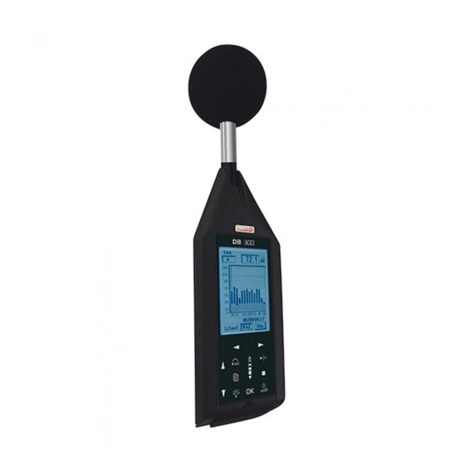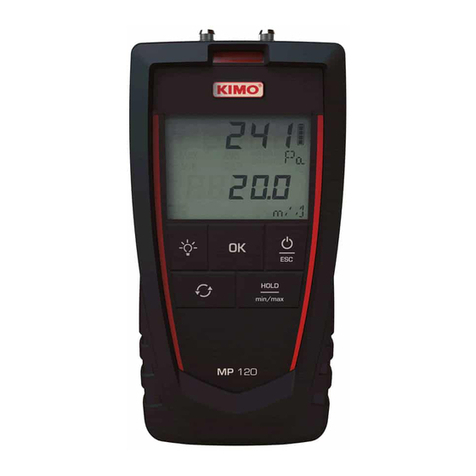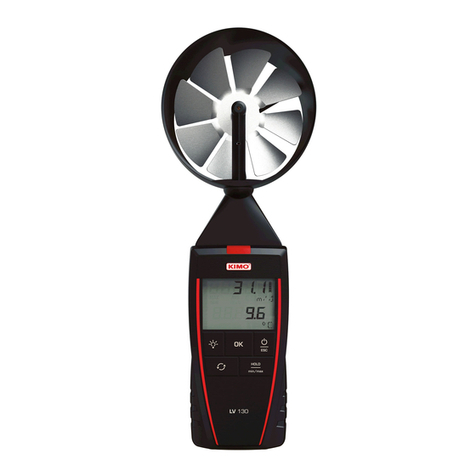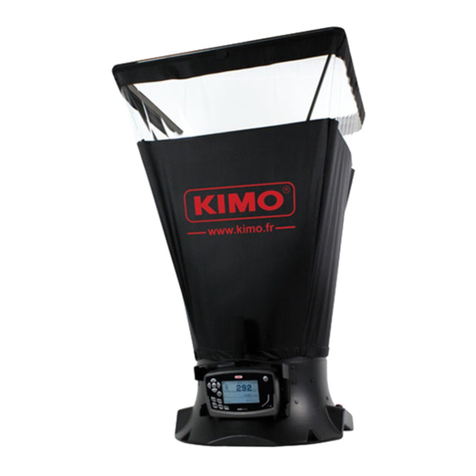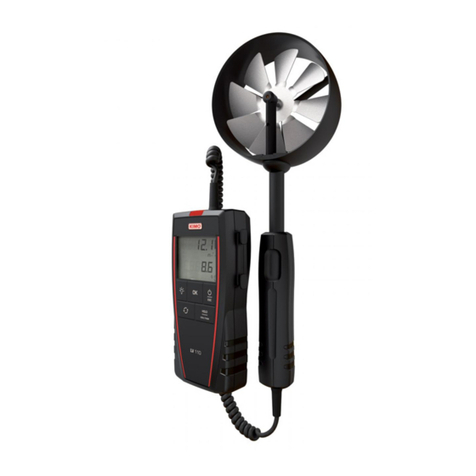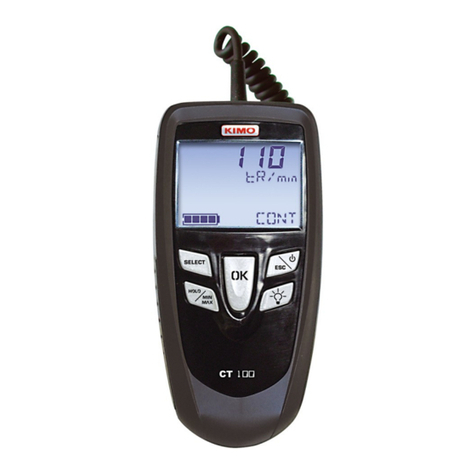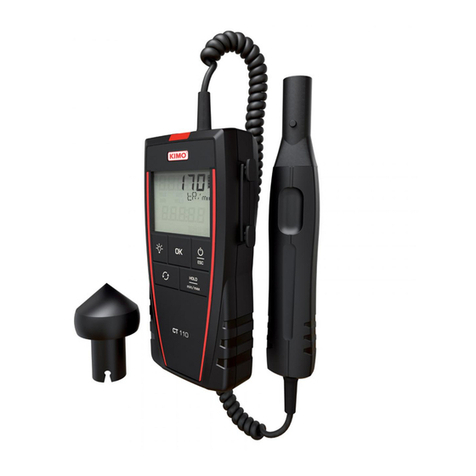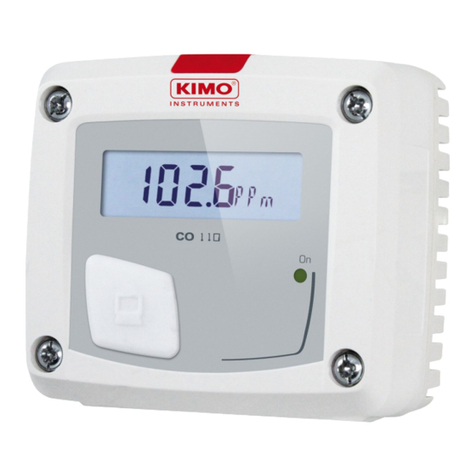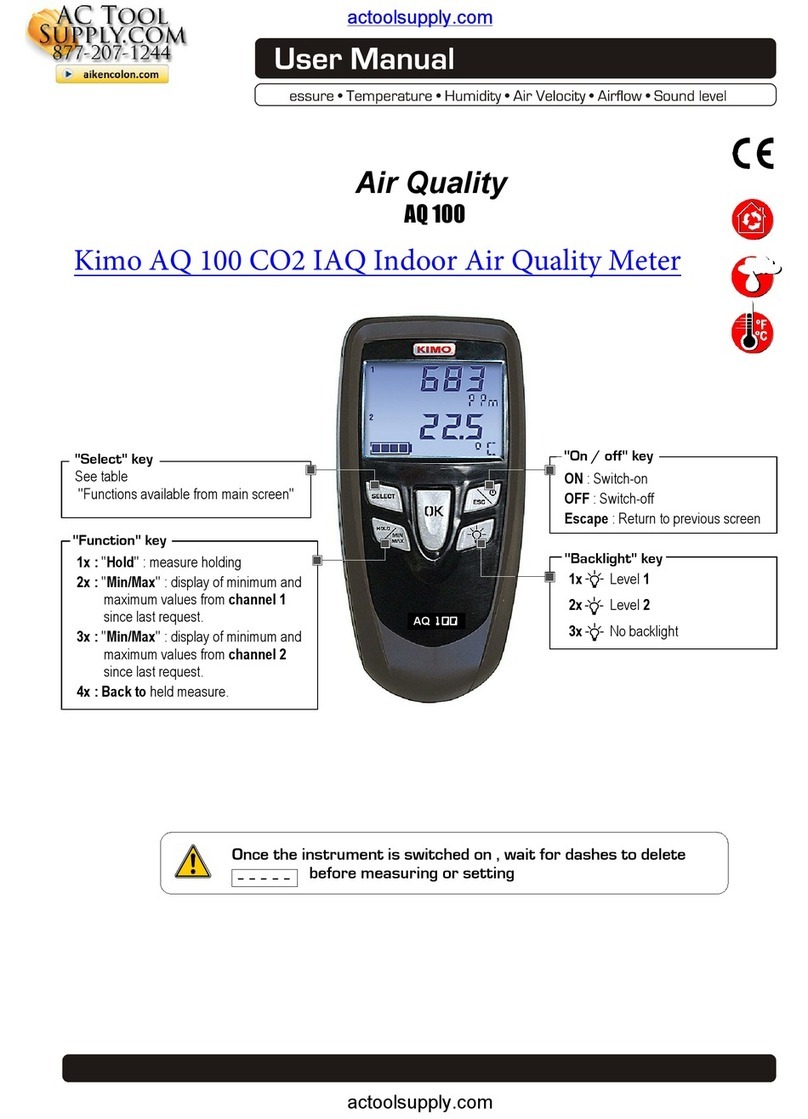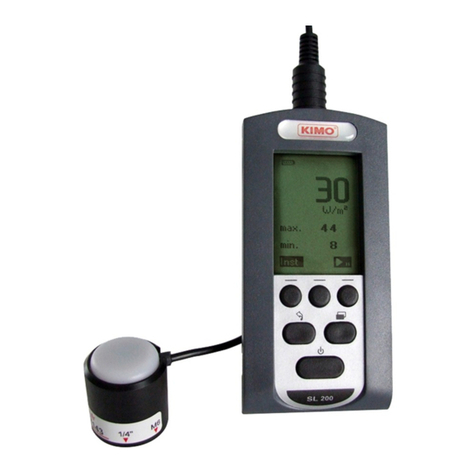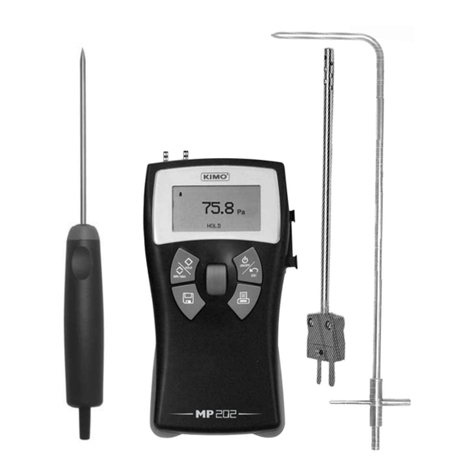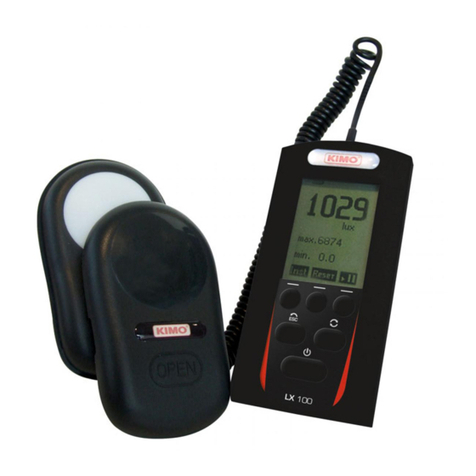Table of contents
1 Introduction........................................................................................................................................................................ 4
1.1 Presentation............................................................................................................................................................... 4
1.2 Main features............................................................................................................................................................. 4
2 General points.................................................................................................................................................................... 5
2.1 Regulatory.................................................................................................................................................................. 5
2.2 Labour law................................................................................................................................................................. 5
2.3 Measure ent............................................................................................................................................................. 5
2.4 Noise exposure – Exposure points............................................................................................................................ 5
3 Vocabulary......................................................................................................................................................................... 5
4 Operating principle............................................................................................................................................................. 7
4.1 Keyboard.................................................................................................................................................................... 7
4.2 Screen........................................................................................................................................................................ 7
5 Set the instru ent.............................................................................................................................................................. 8
5.1 Adjust the contrast / backlight.................................................................................................................................... 8
5.2 Measure ent progra ing....................................................................................................................................... 8
5.3 Reading...................................................................................................................................................................... 8
5.4 PC.............................................................................................................................................................................. 9
5.5 Configuration.............................................................................................................................................................. 9
5.6 Battery life.................................................................................................................................................................. 9
5.7 Instru ent.................................................................................................................................................................. 9
5.8 About.......................................................................................................................................................................... 9
6 Measure ent odes......................................................................................................................................................... 9
6.1 General synoptic...................................................................................................................................................... 10
6.2 Deter ination of the daily noise exposure............................................................................................................... 11
7 Calibrate the instru ent................................................................................................................................................... 12
7.1 Free field coefficient................................................................................................................................................. 12
7.2 Modification of the value of the reference source..................................................................................................... 12
7.3 Calibration................................................................................................................................................................ 12
7.3.1 Calibration of V1 channel................................................................................................................................. 12
7.3.2 Calibration of V2 channel................................................................................................................................. 13
7.3.3 Calibration of D-MB icrophone...................................................................................................................... 13
8 Classical sound level eter............................................................................................................................................. 14
8.1 Settings before perfor the easure ent............................................................................................................... 14
8.2 Perfor a easure ent.......................................................................................................................................... 14
9 Analyzer integrating-averaging sound level eter............................................................................................................ 15
9.1 Setting before perfor ing the easure ent............................................................................................................ 15
9.2 Perfor a easure ent.......................................................................................................................................... 16
9.2.1 Explicative synoptic of the START/STOP ode...............................................................................................16
9.3 Consult values......................................................................................................................................................... 17
10 Analyzer avereger integrator sound level eter............................................................................................................. 17
10.1 Settings before perfor the easure ent: range selection...................................................................................18
10.2 Measure ent in progress: V1 channel................................................................................................................... 18
10.3 Measure ent in progress: V1 + V2 channels........................................................................................................ 20
10.4 Measure ent in progress: V1 channel and frequency analysis with filters by octave bands fro 63 Hz to 8 kHz.21
10.5 Measure ent in progress: V1+V2 channels and frequency analysis with filters by octave bands fro 63 Hz to 8
kHz................................................................................................................................................................................. 22
10.6 Measure ent in progress: audio recording on threshold.......................................................................................23
10.6.1 Te poral synoptic.......................................................................................................................................... 24
10.6.2 Synoptic of the anage ent of the recording dyna ic.................................................................................25
10.6.3 Use of audio recording................................................................................................................................... 26
10.6.4 : Measure ent in progress – Data reading.................................................................................................... 27
10.7 Measure ent launching......................................................................................................................................... 28
10.7.1 I ediate ode............................................................................................................................................ 28
10.7.2 Delayed ode................................................................................................................................................ 28
10.7.3 Repetitive delayed ode................................................................................................................................ 29
10.7.4 Free delayed ode........................................................................................................................................ 31
10.7.5 Delayed ode – easure ent wait............................................................................................................... 31
10.7.6 Delayed ode – leave wait o ent and stop the progra ing...................................................................31
10.8 Stop the easure ent........................................................................................................................................... 32
10.9 Data processing..................................................................................................................................................... 33
10.10 Data reading........................................................................................................................................................ 33
10.11 Reading in V1 channel ode............................................................................................................................... 34
2












